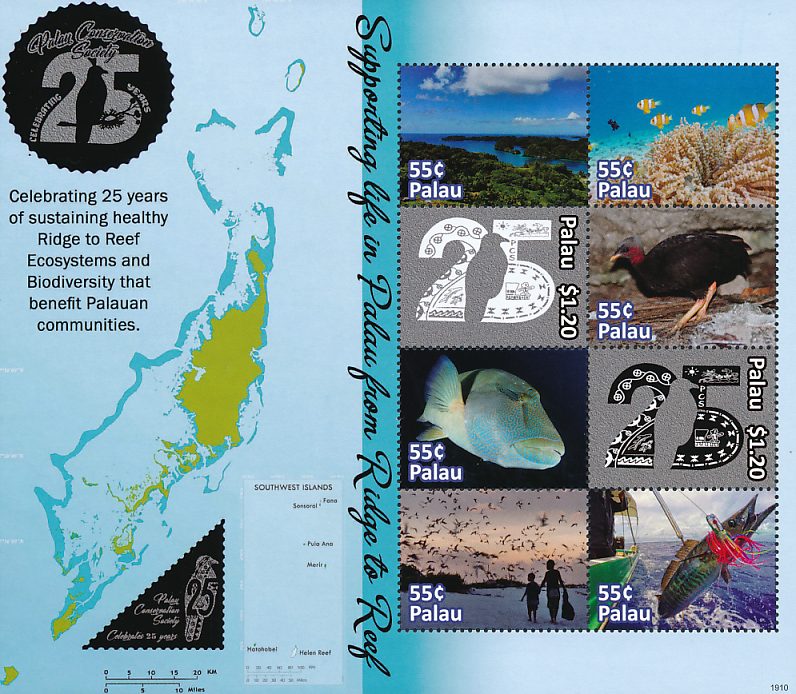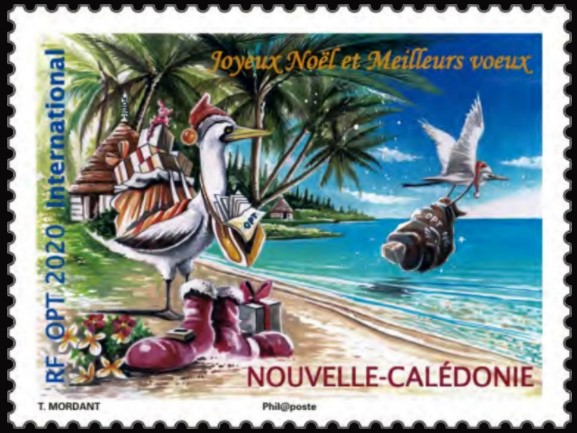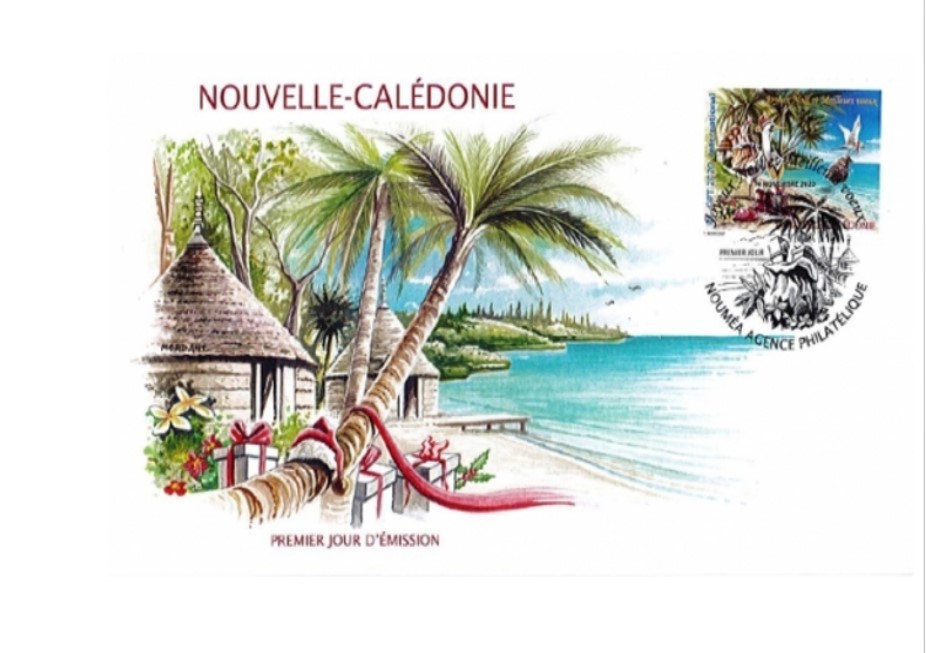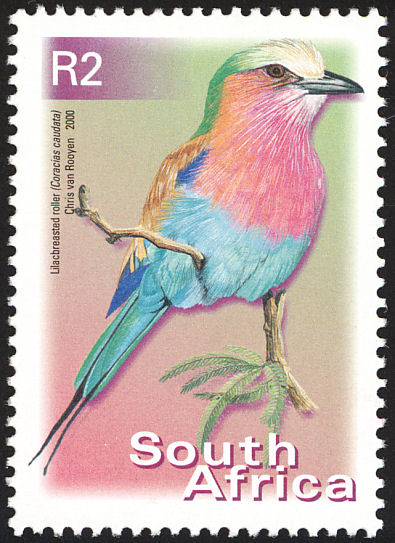Where is Palau?
Written by Steve Ardron.
Palau is a group of coral and volcanic islands that form an archipelago that is located in the Pacific Ocean. A barrier reef encircles a major part of the archipelago. The nearest neighbours to Palau are the Philippines to the West and the island of New Guinea to the South. The principal inhabited islands are Babelthuap (or Babeldoab), Koror, Malakal, Arakabesan, Peleliu, Belilou and Angaur.
Palau has an estimated population of 18,000 (2019) and uses the US dollar as its currency. The Republic of Palau came into existence as a nation state on 1 October 1994. The Constitution of Palau is based on a bi-cameral legislative body, known as “The Olbiil Era Kelulau” made up of a House of Delegates and a Senate. The Senate has authority to provide advice to the President; and consent to Presidential appointments. The Executive is represented by the President, Vice President, the Ministries and the Council of Chiefs, a body that represents one traditional tribal chief from each of Palau’s island state.
The geography of Palau – the barrier reef and archipelago – are nicely illustrated on this souvenir sheet issued on 14 June 2019, to commemorate the 25th Anniversary of the Palau Conservation Society.

Endangered Birds The Souvenir Sheet features one bird on a 55c stamp: the endangered “Bekai” or Palau Megapode (Megapodius laperouse senex). This is one of the species that the Palau Conservation Society is seeking to protect.








